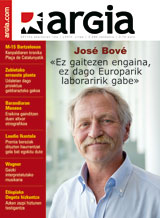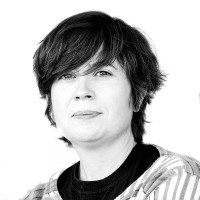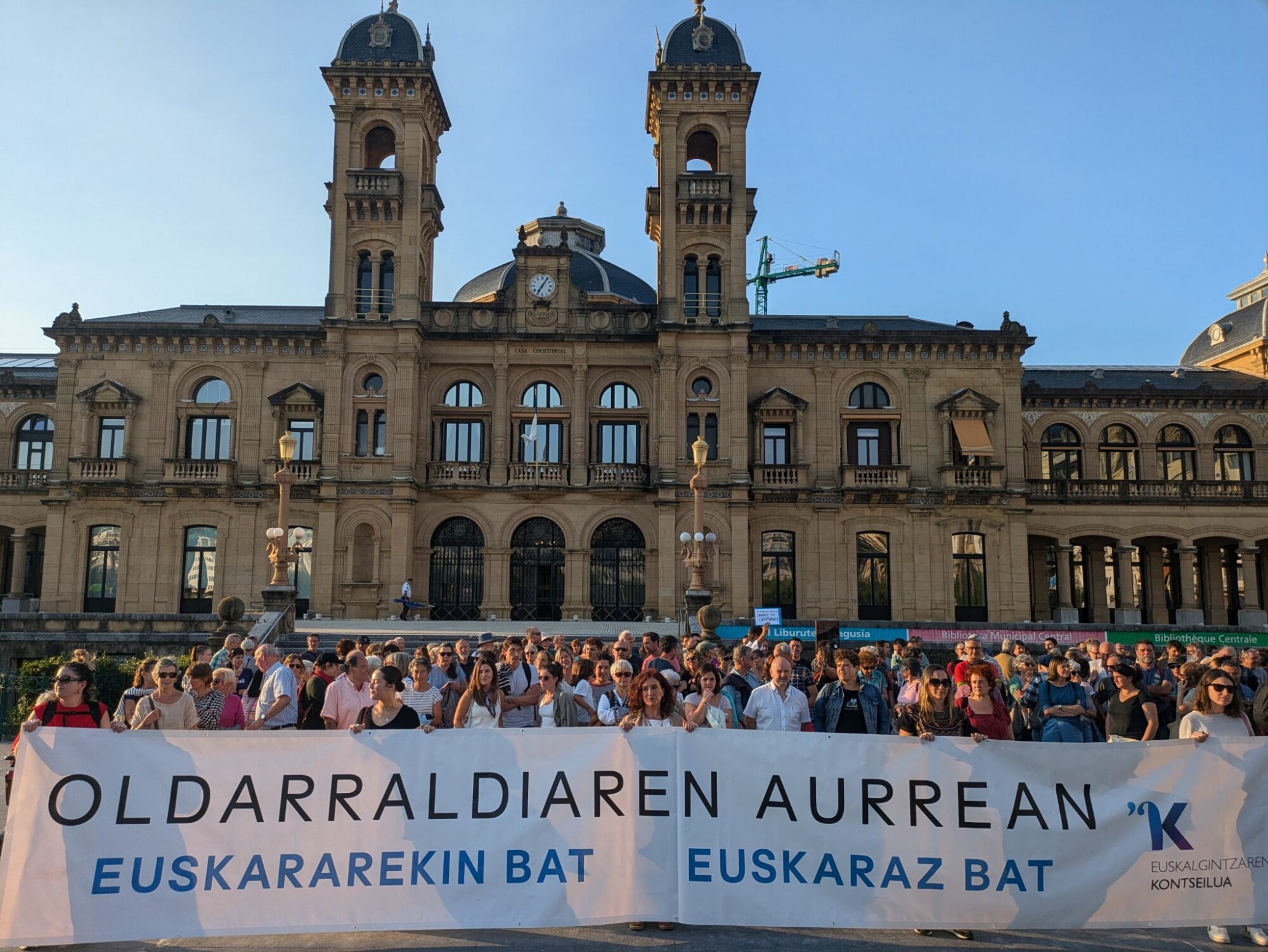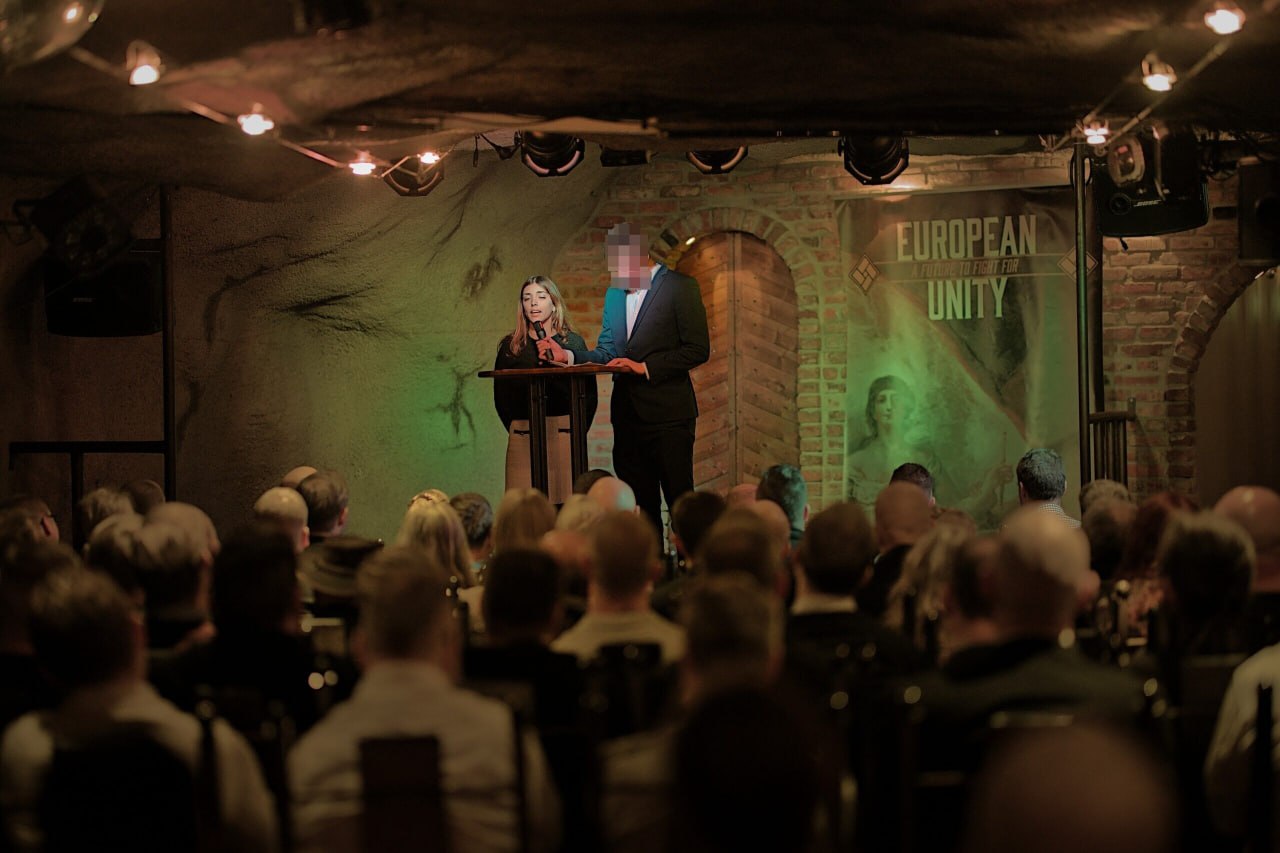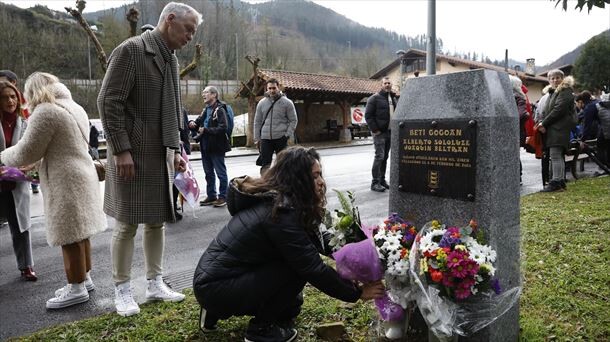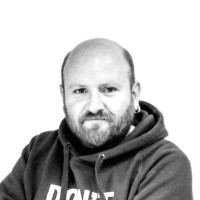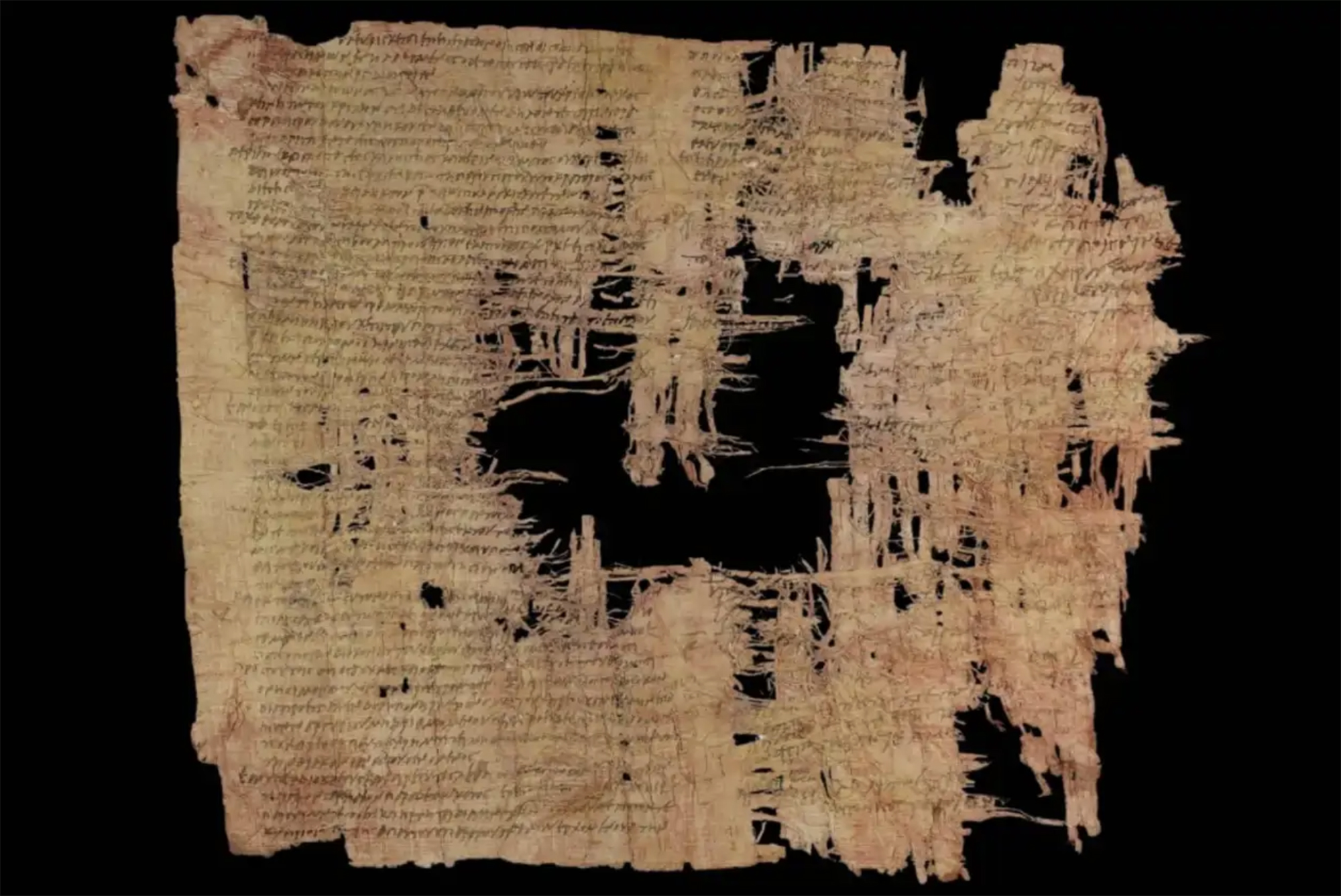The black “fumetto” of Sicily
- Assisted by Brancaccio. (Norma, 2008) Screenplay: Giovanni di Gregorio / Drawings: Claudio Stassi 96 pages in black and white.
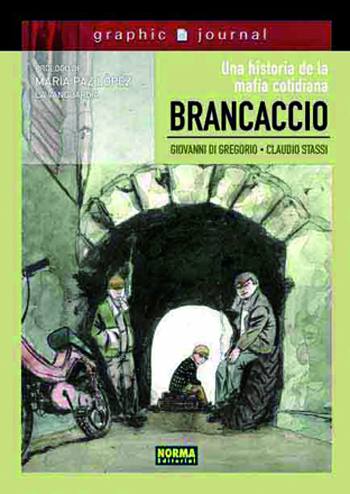
The neighborhood of Brancaccio is located in the east of Palermo, at the back of the train station. It is similar to other parts of Sicily, with dark streets and obsolete buildings. The narrative aspect of the street corners in the eyes of an outsider who is not looking for a pompous postcard can have a special charm, but the fumetto that we have in our hands (what a beautiful name to name the comic!) It shows us that behind this dirty photo there is an even darker reality. Although the most violent years have passed, La Cosa Nostra still secretly controls Brancaccio, its businesses and the movement of its citizens, outside of this often epic image of the mafia that Hollywood has spread.
The two Palermo authors, the screenwriter Giovanni di Gregorio and the illustrator Claudio Stassi, have managed to reflect this pressure without using too many ornaments; the presence of the mafia is suffocating in the daily life of Brancaccio. It's confidential, there's no shooting, no blood, but the locals feel his breath in the neck.
Norma launches the novel Brancaccio as part of the Graphic journal collection, which aims to combine graphic novels and whistle-blower journalism. The books in the collection include articles by journalists and friends related to the subject. María Paz López, correspondent of La Vangurdia in Rome, is one of the participants in the Spanish edition of Brancaccio. In the preface it says that perhaps a person who does not live in beautiful Sicily will not capture all the nuances of the comic. This is likely to happen. However, this deficiency is covered by the periodistic texts: The reflections and explanations of Rita Borsellino (sister of the magistrate Paolo murdered by the mafia), the Italian journalist Saverio Lodato, members of the Adiopizzo movement against the pizza –the tax demanded by the mafia– and the duo Di Gregorio Stassi will help us better understand the story that the comic tells.
Oinarrizko maia komunitateko U Yich Lu’um [Lurraren fruitu] organizazioko kide da, eta hizkuntza biziberritzea helburu duen Yúnyum erakundekoa. Bestalde, antropologoa da, hezkuntza prozesuen bideratzaile, eta emakumearen eskubideen aldeko aktibista eta militante... [+]
Azken egunak garrantzi handikoak izan dira Bartzelonan, etxebizitzaren aldeko mugimenduarentzat eta espekulatzaileen aurkako borrokarentzat. Urtarrilaren 28an, polizia-armada batek Raval auzoko Massana Zaharrari [zentro sozial okupatua] eraso egin zion goizaldean, aurrez abisatu... [+]
Zer jakin behar dut? Norekin erlazionatu behar dut? Non bizi behar dut? Ardura horiekin gabiltza gizakiok gure gizarteen baitan bizitza on baten ideia bizitzeko bidean. Ondo erantzuten ez badakigu, bazterretan geratuko garen beldurrez.
Joan den astean, kanpoan geratzearen... [+]
Gure lurraldeetan eta bizitzetan sortzen diren behar, desio eta ekimenen inguruan gero eta gehiago entzuten dugu harreman eta proiektu publiko-komunitarioak landu beharraz, eta pozgarria da benetan, merkaturik gabeko gizarte antolaketarako ezinbesteko eredua baita. Baina... [+]
We have renewed the dialogue in the secretariat of the faculty, for the most auspicious: they are far away, for their enrollment, the times when only the students came. The trend has changed for a long time, and parents – most notably mothers – are taking an increasingly... [+]
The argument of a syllogism has three propositions, the last of which is necessarily deduced from the other two. It is with this deductive logic that I can analyze, for me, the long and traumatic socioecological conflict in Carpinteria that is taking place in Navarre.
The... [+]
I have recently worked in class on Etxahun Barkox’s beautiful and touching cobla. The bad guy! The afflictions of the house began because of the creation of the “praube with beauty”, but in seventeen years she had entered the sea of misfortune, having to abandon the girl... [+]
Poloniar ikerlari talde batek Sevillako Italica aztarnategiko Txorien Etxea aztertu du, eta eraikinaren zoruko mosaikoak erromatar garaiko hegazti-bilduma xeheena dela ondorioztatu du.
Txorien etxean 33 hegazti daude mosaikoetan xehetasun handiz irudikatuta. Beste... [+]
Judea, 2nd century AD. In the turbulent atmosphere of the Roman province, a trial was held against Gaddaliah and Saul, accused of fraud and tax evasion. The trial was reported on a 133-line paper in Greek (pictured). Thinking that it was a Nabataean document, the papyrus was... [+]









